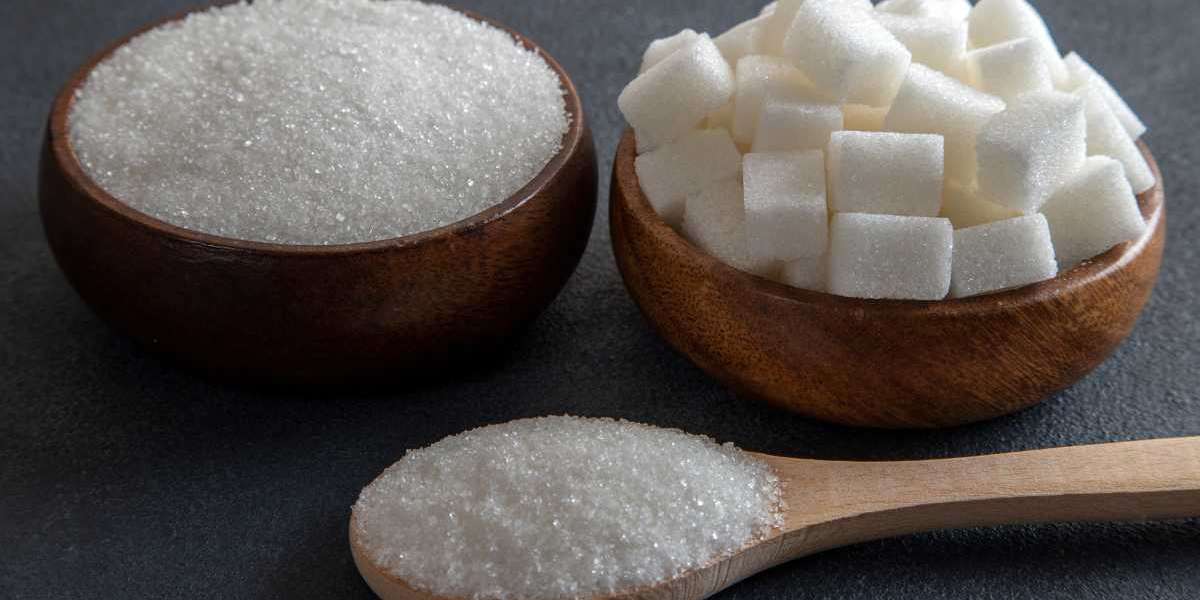Sugar, one of the country's most important agricultural products, continues to play a fundamental role in the Colombian economy. On the ground it is vital for domestic consumption, but also for employment generation, regional development and exports. In this context, understanding the evolution and projections of the sugar market in Colombia is essential for companies, investors, producers and those responsible for public policies.
According to recent estimates, the size of the sugar market in Colombia will reach a volume of around 1.98 million tons in 2024. Furthermore, it is anticipated that the market will grow at a compound annual rate (CAGR) of 0.90% during the forecast period 2025-2034, to reach 2.16 million tons in 2034. This growth, albeit moderate, reflects an industry that is resilient in the face of economic, climatic and regulatory challenges.
Current Panorama of the Sugar Market in Colombia
The Colombian sugar industry is mainly concentrated in the Valle del Cauca, where several highly relevant engineers operate. This region stands out for having ideal climatic conditions, fertile soil and a consolidated infrastructure for the cultivation of sugar cane and its subsequent processing.
The country's soil produces white sugar for human consumption, as well as derived products such as molasses, ethanol and electrical energy generated from biomass. This diversification gives the sector a strategic character.
Regarding demand, the main consumer sectors include:
Food industry: manufacturers of drinks, confectionery, bakery and dairy products.
Bioenergy sector: ethanol production and electrical generation.
Exports: especially in markets such as the United States, Peru and Caribbean countries.
Factors that Drive the Market
1. Stable Demand in Domestic Consumption
Even though there has been a change in habits to make healthier options, sugar consumption continues to be significant in processed products and in traditional Colombian cuisine. This ensures a constant demand base.
2. Expansion of the Industrial Sector
The food and beverage industry has grown in Colombia in recent years, which has supported the consumption of sugar as an essential input. Foreign investments in production plants also increased industrial demand for the product.
3. Boosting Ethanol as an Alternative Energy
The development of the biofuels market, driven by public policies and the need for clean energy, has generated greater demand for sugar cane for ethanol production, reducing dependence on oil and increasing the value of cultivation.
4. Competitive Exports
Thanks to its quality and production efficiency, Colombia maintains a competitive position in international markets, especially low preferential quotas granted by commercial agreements.
Stories from the Colombian Sugar Market
Despite projected growth, the industry faces several structural and structural challenges:
1. Climate Variability
Climatic events such as El Niño and La Niña directly affect the yield of sugar cane crops, generating uncertainty in production and variations in prices.
2. Pressure for Health Regulations
Campaigns against excessive sugar consumption and regulations on nutritional labeling and sugary drinks can reduce demand in certain market segments.
3. International Competence
Although Colombia is efficient in its production, it must compete with countries that have greater agricultural subsidies or lower production costs, such as Brazil or India.
4. Logistics and Infrastructure Costs
Internal transport, especially from the interior of the country to export ports, still represents a burden on road infrastructure and associated costs.
Market Projections for 2034
The future of the sugar market in Colombia is seen as moderately positive. The projected annual growth of 0.90% until 2034 may seem low, but it is significant if one considers the current context of transition to healthier consumer spending and growing environmental pressure.
By 2034, it is estimated that the market will reach a volume of 2.16 million tons, which implies important opportunities in production efficiency, technological innovation and added value.
Key trends for the future:
Digitalization of agriculture: use of technology to improve yields and reduce costs.
Sustainable agriculture: environmentally friendly practices to attract green investments.
Products with added value: development of products such as organic sugars, low in calories or functional.
Exports with a green seal: strengthening the country brand through sustainable certifications.
Investments and Business Opportunities
The market offers extensive opportunities for investment in:
Agricultural technologies: efficient irrigation, improved seeds and agricultural drones.
Industrial infrastructure: modernization of engines and energy cogeneration plants.
Logistics and exportation: improvements in transport and ports to facilitate international competitiveness.
Research and development (R+D): innovation in derivative products, new packaging methods and sugar reduction techniques in foods.



